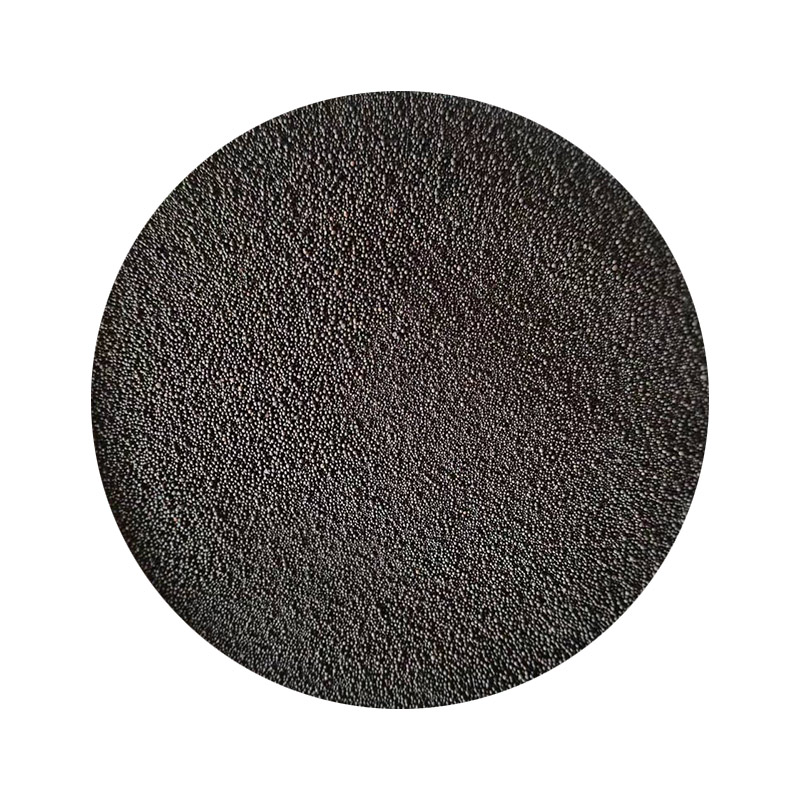

Quality control is paramount in sand casting, with the final alloy product requiring thorough inspection to ensure it meets specific standards. This involves checking for surface imperfections, dimensional accuracy, and internal consistency. By incorporating advanced technologies such as 3D scanning and non-destructive testing, manufacturers can achieve unparalleled levels of precision and reliability. Advancements in sand casting alloys continue to push boundaries, with ongoing research exploring new compositions and treatments to enhance material properties further. Innovations in alloy development have introduced elements that improve ductility, reduce weight, and increase resistance to wear and corrosion. These breakthroughs not only broaden the scope of applications for sand casting alloys but also align with the industry's shift towards more sustainable and efficient manufacturing practices. Trust and authority in manufacturing processes stem from consistent quality and performance in real-world applications. Experienced manufacturers leverage decades of expertise to select and optimize alloy compositions that offer the best results for their customers. By staying abreast of industry trends and technological advancements, they maintain a competitive edge, delivering casting solutions that are both innovative and reliable. As reliance on engineered components grows across sectors, the role of sand casting alloys becomes increasingly vital. These alloys serve as the backbone of countless products, ensuring functionality, durability, and aesthetic appeal. Whether used in the latest automotive designs, advanced aerospace technology, or contemporary consumer products, sand casting alloys continue to shape modern manufacturing, testifying to their enduring relevance and adaptability in a rapidly changing world. Post time:מרץ . 06, 2025 12:23
Next:sand casting 101
